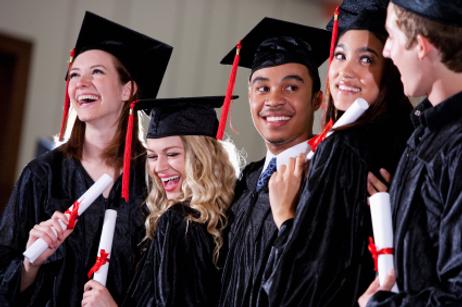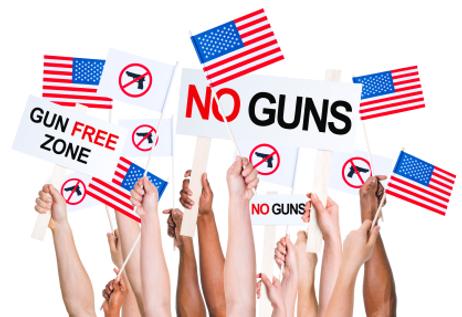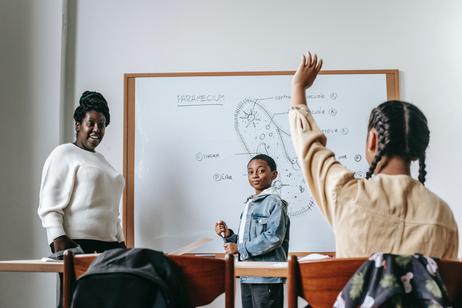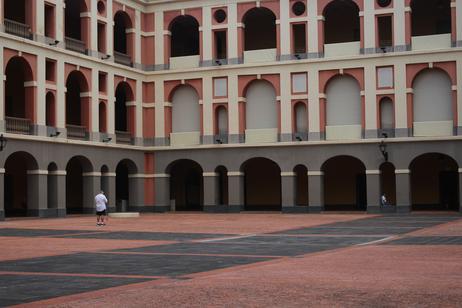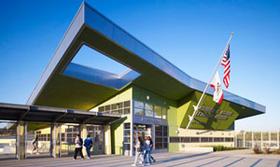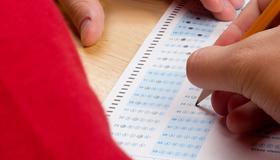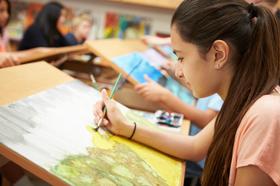For many months, the District of Columbia Public Schools has been weighing a reorganization plan that would include the closure of some historic schools in the district. Feedback was gathered from parents, students, community members, and other stakeholders in the closure plan. Local neighborhoods came together to save their schools, while school officials pushed for money-saving ideas to save the beleaguered district from more budget woes. As one of the largest school districts in the country, other districts have been watching the ongoing negotiations in D.C. with significant interest.
Strong Reaction to Original Plan
According to the District of Columbia Public Schools website, the original school closure plan announced in November was met with responses from numerous members of the D.C. community.
“The proposal we put out in early November evoked strong reactions from the community,” DCPS Chancellor Kaya Henderson stated on the district website. “We heard from people across the city that have never reached out or offered feedback before. People spoke up at meetings, they sent emails, they called, and we made sure to track everything they said.”
This video illustrates the strong community reaction to school closing.
Henderson added that she and her staff were “inspired and encouraged” by the feedback they received from parents, students, school staff, and community members. The district encouraged input by hosting four community meetings and meeting with education committees in three district wards.


